Crew landing roadmap
Having gathered rich experience through robotic adventures, China is moving progressively toward its goal of sending astronauts to the moon before the end of this decade, according to a key figure in this ambitious endeavor.
Zhou Jianping, chief designer of China's manned space program, told a crewed spaceflight forum in late November in Shenzhen, Guangdong province, that all of the preparatory research work for the nation's first manned lunar mission has finished, with essential technologies and implementation plans already in place.
Mission planners, scientists and engineers have started to design and build prototypes of necessary hardware, he said.
"Currently, prototypes of the Long March 10 heavy-lift carrier rocket, the Mengzhou crew spaceship, the Lanyue lunar lander, as well as the crew rover and other hardware needed in a manned mission to the moon are under research and development. Some of their components have been made and are being tested," Zhou said at the forum, hosted by the China Manned Space Agency.
China's roadmap for its first manned lunar expedition involves two Long March 10 launches from the Wenchang Space Launch Center in Hainan province to transport a Lanyue lunar lander and a Mengzhou manned spacecraft to lunar orbit.
After reaching their preset orbital positions, the Lanyue lander and the Mengzhou vessel will rendezvous and dock with each other. Two crew members will enter the lander, which will then undock and descend toward the lunar surface for an engine-assisted soft landing.
On the moon, the astronauts will drive a rover to carry out scientific tasks and collect samples. Upon completion of their assignments, they will return to the Lanyue module, which will fly them back to their spaceship waiting in lunar orbit.
Finally, the astronauts will carry the samples into their Mengzhou spacecraft, which will then undock and carry the crew back to Earth.
To prepare for the challenging adventure, China has selected its fourth group of astronauts, who are learning knowledge and skills to be used in lunar operations.
If everything goes according to plan, China will become the second nation in the world, after the US, to have sent humans to the moon. The US made six Apollo crewed missions in the 1960s and 1970s, taking 12 Americans to the silver celestial neighbor.
In the long term, the country intends to construct a lunar scientific outpost to conduct extended explorations and technology demonstration operations, according to Zhang Hailian, deputy chief planner at the China Manned Space Agency.
"The moon is the nearest extraterrestrial body that humans can reach based on current technologies. Manned missions to the moon will be a realistic and practical step... to start with (in order) to expand our exploration endeavors in deep space. Meanwhile, it is scientifically meaningful for us to continue to explore the moon because it will help scientists better understand the origin and the evolution of the solar system as well as the composition of planets," he said.















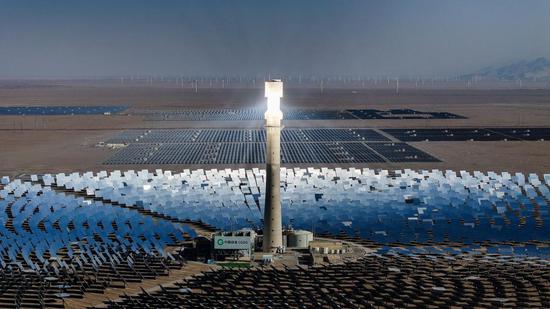
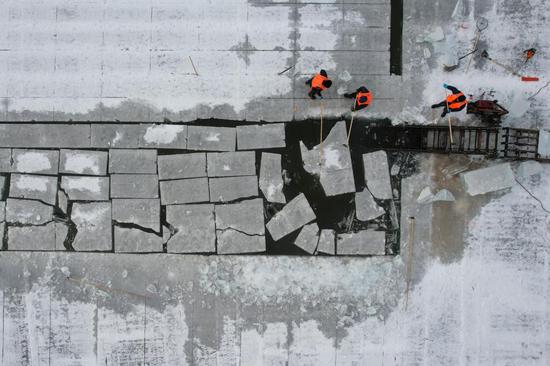

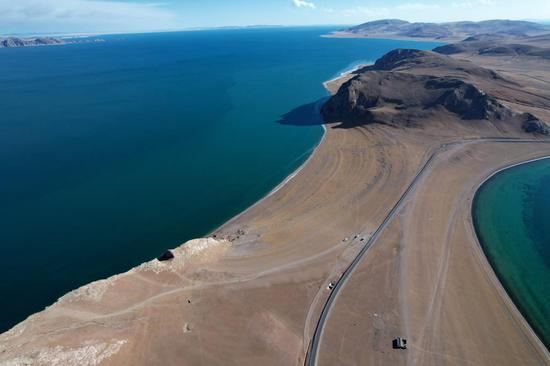





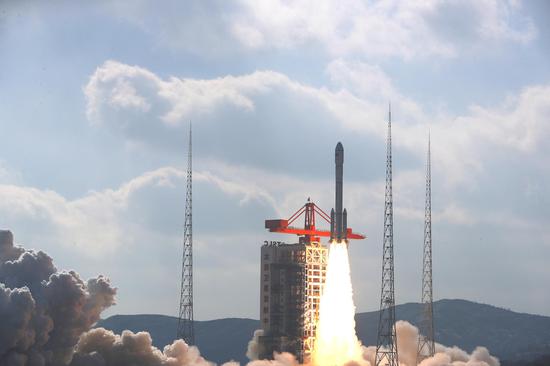




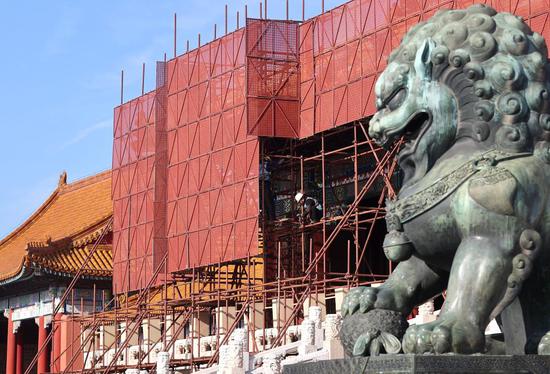

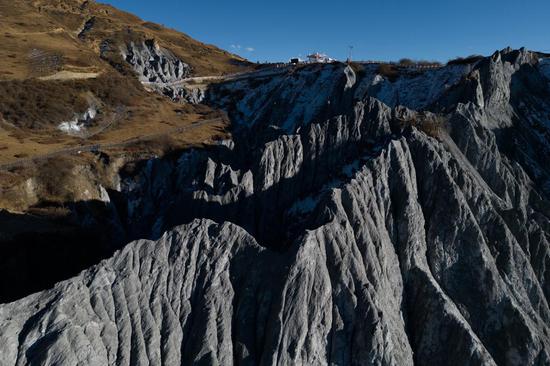
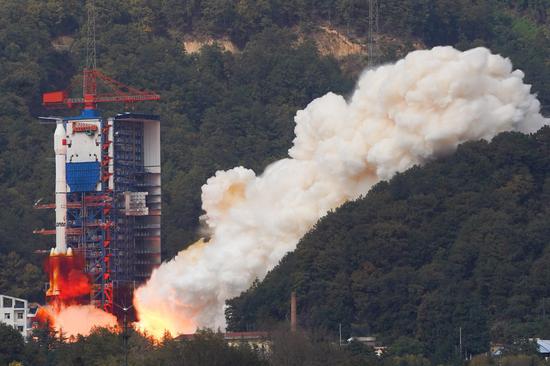

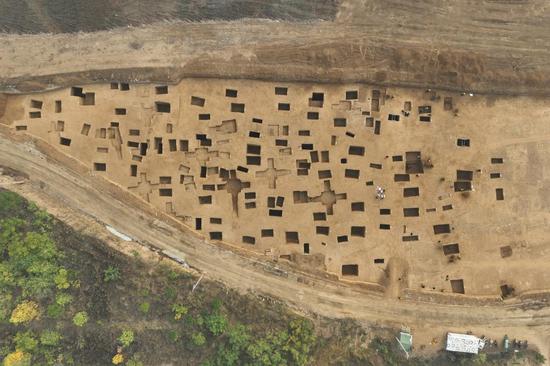
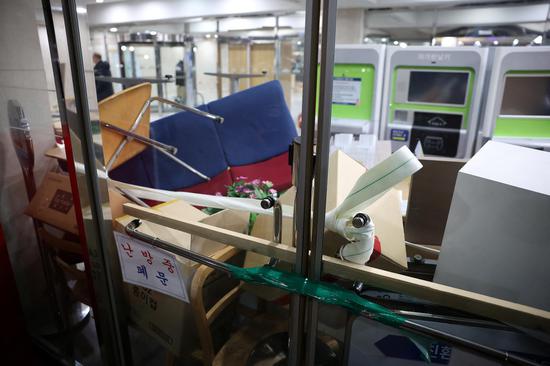




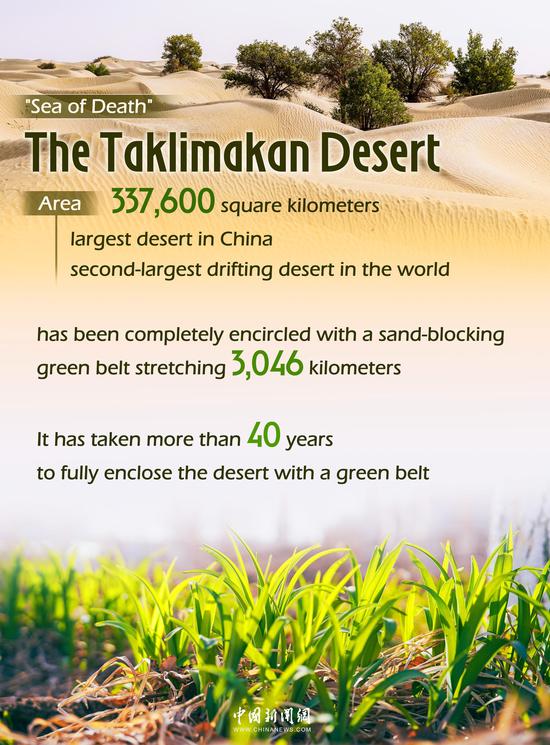



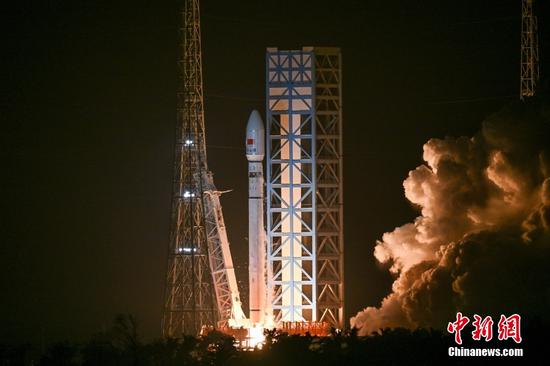





 京公网安备 11010202009201号
京公网安备 11010202009201号